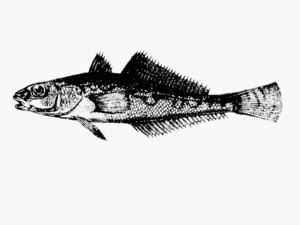Kingdom Animalia Family Pseudaphritidae Phylum Chordata Order Perciformes | Class Actinopterygii Genus Pseudaphritis Rank Species | |
 | ||
Similar Thornfish, Bovichtus, Artedidraconidae, Eleginops maclovinus, Cottoperca | ||
Pseudaphritis urvillii is the only species of fish in the family Pseudaphritidae and the genus Pseudaphritis. It is known also as the catadromous icefish, the tupong or even more commonly as the congolli.
Contents
Distribution and habitat
Pseudaphritis urvillii is found in fresh, brackish, and marine waters around south eastern Australia including Tasmania. It lives mostly in sluggish estuaries and streams. Water temperatures in its habitat range from 5 to 20 °C (41 to 68 °F). This fish will inhabit areas with log snags, over hanging banks, and leaves that fell into the water. Between late April and August, it migrates south to estuaries to breed.
Description
The largest adult measured is about 36 centimetres (14 in) long. Usually, adults grow up to 17 centimetres (6.7 in) long.
Diet
The congoli feeds on insects, fish, crustaceans, worms, mollusks, and other invertebrates.
Behavior
Congolis are ambush predators that usually bury themselves in the substrate. During the time period between late April and August, it migrates south to estuaries to reproduce.
Importance to humans
Occasionally, this fish is caught for food. It shows a minor importance to commercial fishing. The congoli is also caught by anglers.
Reproduction
Adults migrate south downstream to reproduce. It takes place between late April and August.
